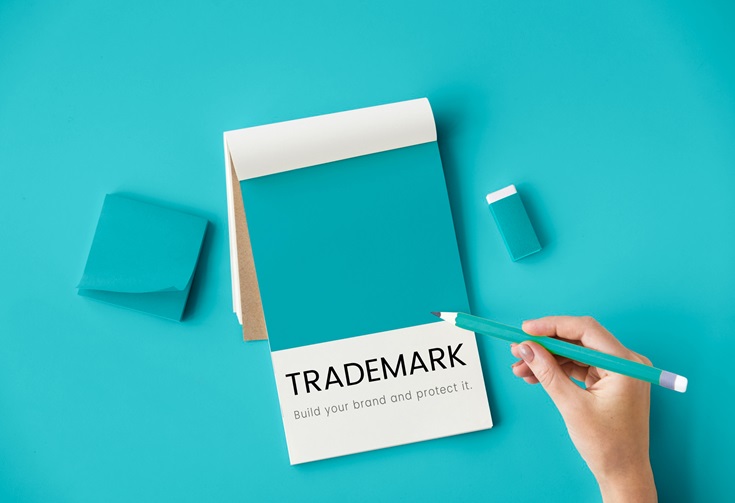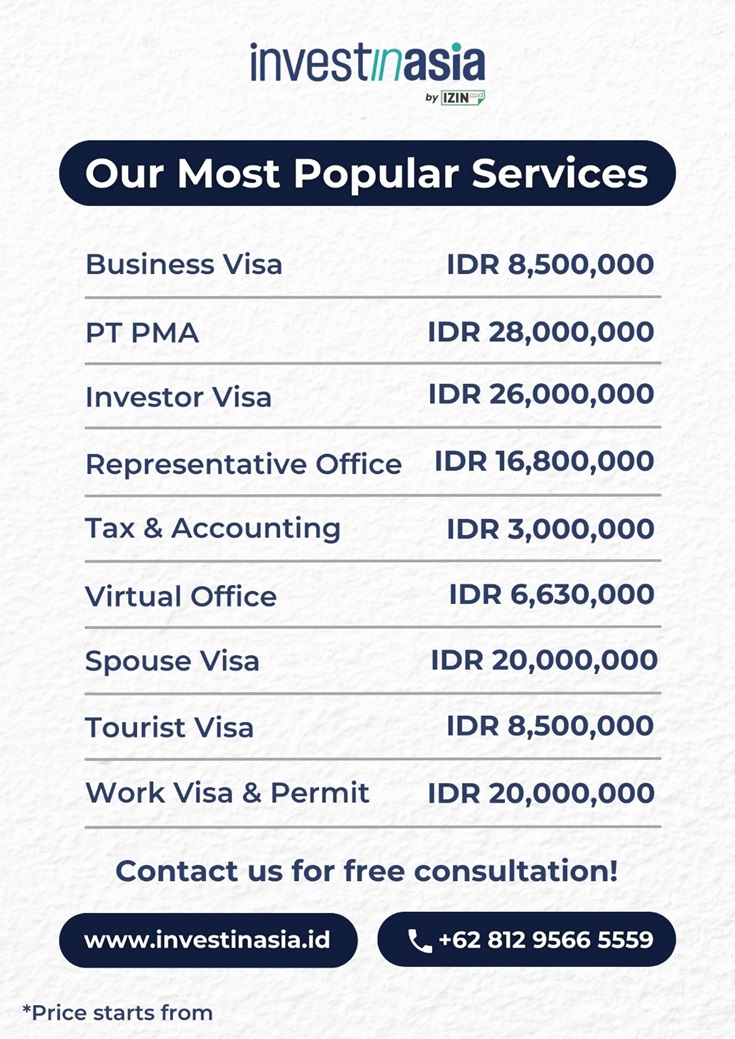In the world of intellectual property and branding, trademarks play a crucial role. They help distinguish one company’s products or services from another and can be a valuable asset for businesses. However, not all trademarks are created equal. There are various types of trademarks, each with its unique characteristics and level of protection.
In this article, we will explore the five main types of trademarks, along with a few other specialized categories, to help you gain a better understanding of the trademark landscape.
Also read: What Is a Trademark: Definition, Types, How to Register
Types of Trademarks


Here are some types of trademarks that you should know:
Generic Marks
At the very bottom of the trademark hierarchy, we find generic marks. These are words or phrases that describe the general type of goods or services being offered. They are so common and lack distinctiveness that they cannot be registered as trademarks because they do not identify a specific source of goods or services.
For instance, the word “computer” is a generic mark for electronic devices that can be used for processing data. It’s just too generic to be exclusively associated with any particular brand.
Descriptive Marks
Moving up the ladder, we have descriptive marks. These are words or phrases that describe the characteristics or features of a particular good or service. They can be registered as trademarks if they have acquired a secondary meaning. Secondary meaning is when a word or phrase goes beyond its literal definition and becomes associated with a specific source of goods or services.
An excellent example of this is the word “Apple.” While it describes a fruit, when used in the context of computers and electronic devices, it is associated with Apple Inc., thanks to its secondary meaning.
Suggestive Marks
Suggestive marks are the sweet spot in the world of trademarks. They are words or phrases that hint at the characteristics or features of a good or service but do not directly describe them. This type of mark is generally considered to be the strongest because they are easy to remember and can be used to distinguish a company’s products or services from those of its competitors.
Take the word “Nike” as an example. It suggests speed and athleticism, which are qualities commonly associated with athletic shoes and clothing. Suggestive marks have a unique way of leaving a lasting impression.
Also read: Do I Need to Register My Trademark in Every Country?
Arbitrary Marks
Arbitrary marks are like a blank canvas. They are words or phrases that have no inherent relationship to the goods or services they are used to identify. Just as with suggestive marks, arbitrary marks are also among the strongest types of trademarks.
The word “Kodak” is a perfect illustration of an arbitrary mark. It has no apparent connection to cameras and photographic supplies, yet it has become a recognizable trademark in the industry. The strength of arbitrary marks lies in their distinctiveness.
Fanciful Marks
At the top of the trademark hierarchy, we find fanciful marks. These are words or phrases that are entirely invented and have no meaning other than their use as a trademark. Fanciful marks are the easiest to protect and enforce because they are unique and highly distinctive.
“Google” is a prime example of a fanciful mark. It has no dictionary meaning other than its association with the renowned online search and advertising services. Fanciful marks are not only memorable but also incredibly valuable.
Also read: Trademark vs Copyright: Understanding Key Differences
Apart from the five main types of trademarks, there are other specialized categories:
Collective Marks
Collective marks are used by members of an association or organization to identify the goods or services of their members. For instance, the mark “CPA” is a collective mark used by certified public accountants. It signifies that the services provided by those bearing the mark meet the standards set by the organization.
Certification Marks
Certification marks play a unique role in the trademark world. They are used to certify that goods or services meet certain standards. Think of the mark “UL,” which is used to certify that electrical products meet safety standards. Certification marks provide an extra layer of assurance to consumers.
Service Marks
While trademarks are primarily associated with goods, service marks are used to identify services. The mark “FedEx” is a service mark used to identify the delivery services provided by FedEx Corporation. Service marks ensure that the provider’s services are distinct and easily recognizable in a competitive market.
Also read: What is HaKI in Indonesia?
Types of Trademarks in indonesia


According to the Indonesian Trademark Law, there are two types of trademarks: traditional and non-traditional trademarks.
Traditional trademarks include the following:
- Words
- Logos
- Graphics
- Sound marks
- Color marks
- Holograms
- Combinations of the above
Also read: The Importance of Registering Intellectual Property Rights (HaKI)
Non-traditional trademarks include the following:
- Three-dimensional shapes
- Fragrances
- Tastes
- Textures
- Motion marks
All trademarks must be distinctive and not prohibited by the Trademark Law in order to be eligible for registration.
Also read: Trademark Regulation in Indonesia
Whether a particular mark is eligible for trademark protection depends on a number of factors, including its distinctiveness, its similarity to existing trademarks, and whether it is deceptive or misleading. It is important to consult with an experienced trademark attorney to determine whether your mark is eligible for trademark protection and to help you with the trademark registration process.
The Indonesia trademark registration process can be complex and time-consuming. For a simpler process, you can rely on InvestinAsia’s services for trademark registration in Indonesia. Our team of experts will ensure that the application is hassle-free for you.
Chat with us now for FREE consultation!
In the world of trademarks, understanding the different types is essential for both business owners and consumers. Each type offers varying levels of protection and distinctiveness. From the generic and unprotectable to the fanciful and entirely unique, the world of trademarks is diverse and fascinating.



